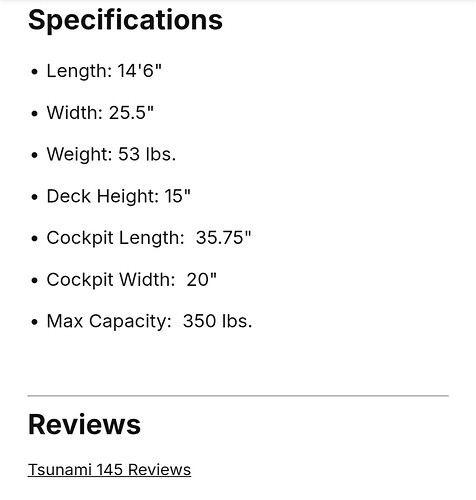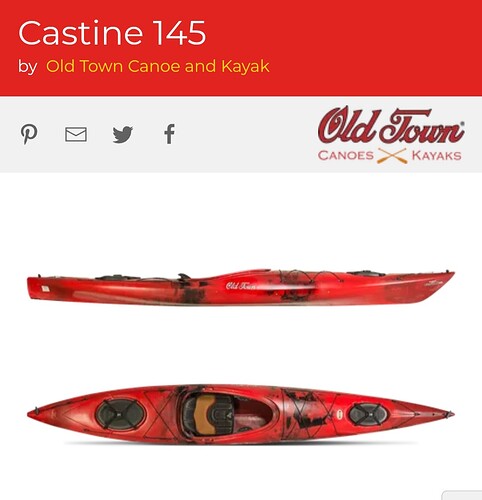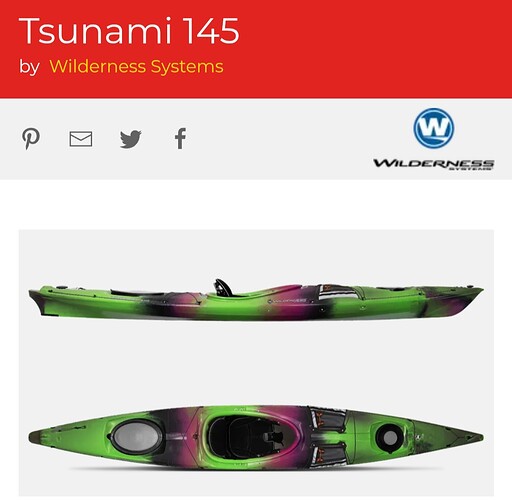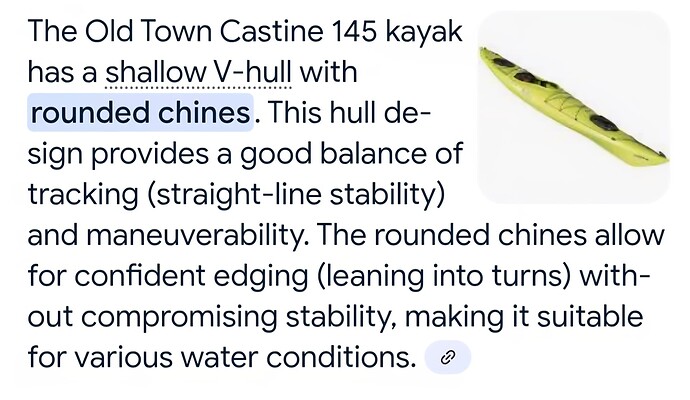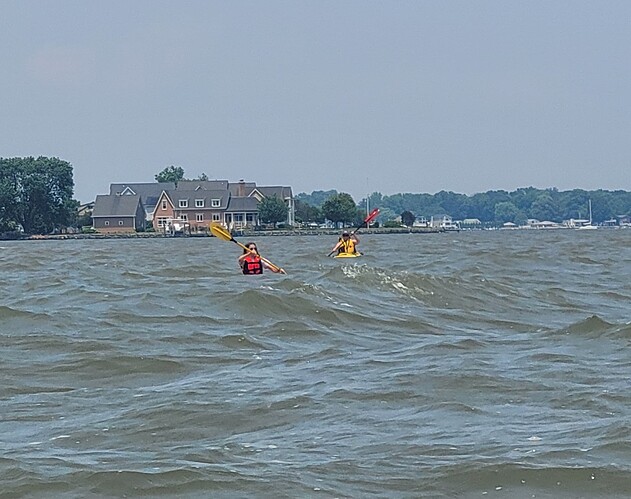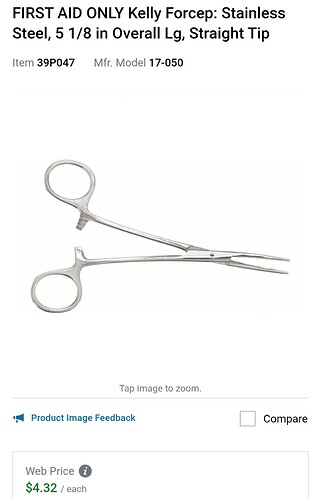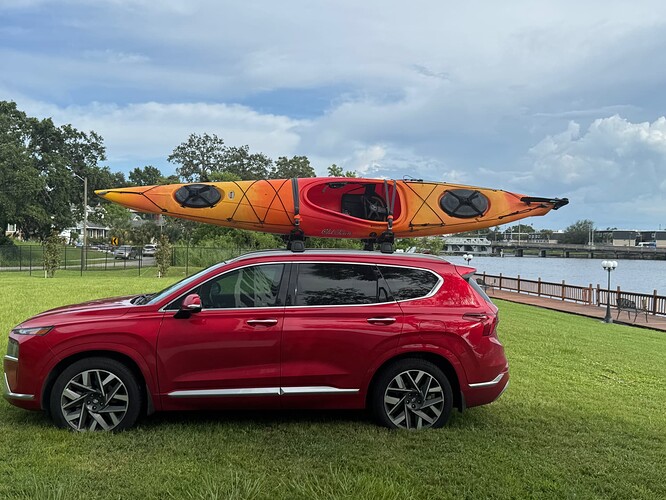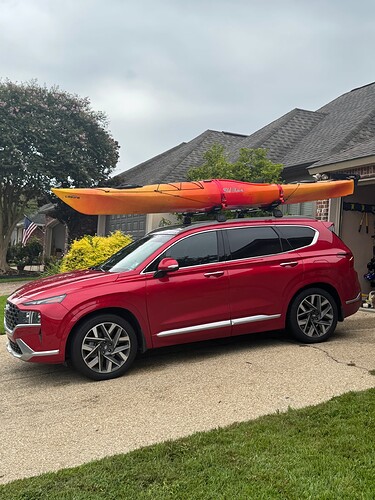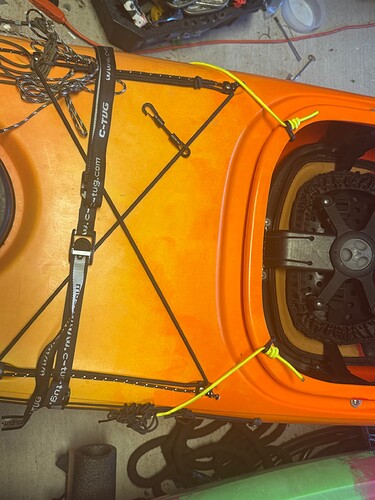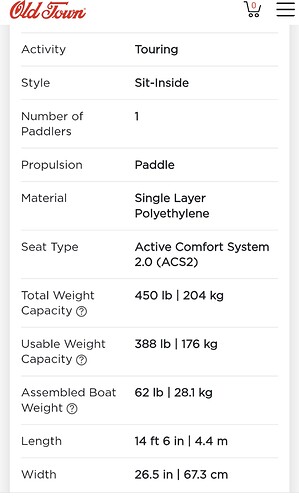There are many different opinions about skegs and rudders, but a simple way of looking at them is they help a boat track. Kayaks designed for touring are typically longer with a straighter keel line. While one designed to turn be agile in surf will have rocker to make it easier to pivot. However, the boat with a high degree of rocker will probably be difficult to track in a straight line. An adjustable skeg remedies that by elongating the track and changing the lateral resistance. It also helps the boat to resist wind cocking. A rudder accomplishes the same thing but it’s move active vs. the passive resistance provided by an adjustable skeg (tracking can be trimmed to offer mire or less drop to balance resistance).
New kayakers often misunderstand the purpose of a skeg or rudder. While the skeg can be viewed as a fixed tab to balance the kayak’s tracking, the rudder can be used to turn a kayak, but it should really be view as an adjustable tab to enhance directional control for straight tracking. As Steve pointed out, it isn’t effective for turning, because the keel essentially drags through the turn and slows the boat. The more efficient way to turn is to lean the boat “on edge” to increase the curve of the hull on the low side, while the side that comes out of the water is straighter. Water pressing on the lower curved side helps the kayak turn more efficiently.
While all kayaks could benefit from either a skeg or a rudder, in reality, all kayaks do not need either, while some may be uncontrollable without one or the other. I face that dilemma with five differnt versions of the same kayak. Three of the models have rudders that have never been deployed, while the 17’ 6" kayak is impractical without the rudder in winds over 8 mph.
So why not add one, just in case. Well, the rudder unit costs $300, so that’s $900 worth of rudders that add weight; complicates handling, transportation, and storage; I position the rudder off the back of my kayak rack, because it will drag on the roof if over the cab, will leave nast gouges in the vehicle’s sheet metal compared to the plastic hull if the boat slips, and its more susceptible to damage if it falls from height; when I load the kayak, the rudder pivots on the ground as I put the bow on the rack, which risks bending the rudder unit. Then there’s the ever present possibility of clips falling off, forgetting to release the retaining bungee, then the pegs move, unless you buy replacement footpegs (more monet to invest if they aren’t used. I’ve been out and realized there waa sand in the tracks which made the rudder less responsive.
Skegs get jammed with gravel. The skeg well can leak, and it takes up room in the rear compartment. If you like mechanical gadgets or the boat tracks better with either device, select it as an option. Otherwise, yest the boat and decide whether you need it. Don’t just buy either because you think a kayak needs one. When raised and on the deck in a stowed position, it’s just a weather vane.
I enjoy the 145 Tsunami because tracking is so much easier once you get the hang of edging. You become more attuned to the boat. I now just paddle to propel the kayak and lean to steer it. You’ll find that speed is the best aid to turning, rather than struggling with paddle strokes. As with turning a bicycle, shifting your weight is more effective in turning that moving your handlebars; the handlebars don’t steer the bike, but rather keep you from over or under steering as you lean. The 145 Tsunami doesn’t need a rudder. I’m not sure about the Castine.
